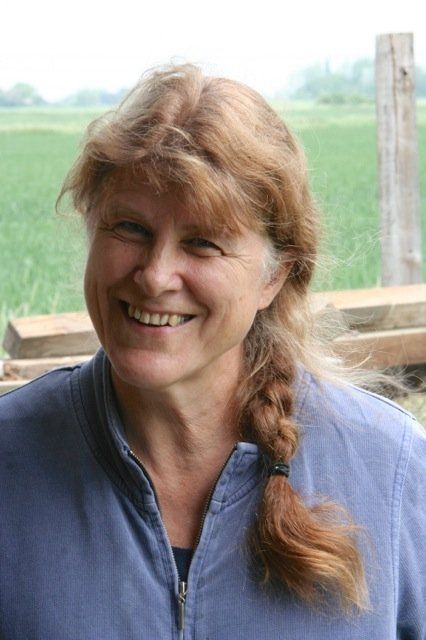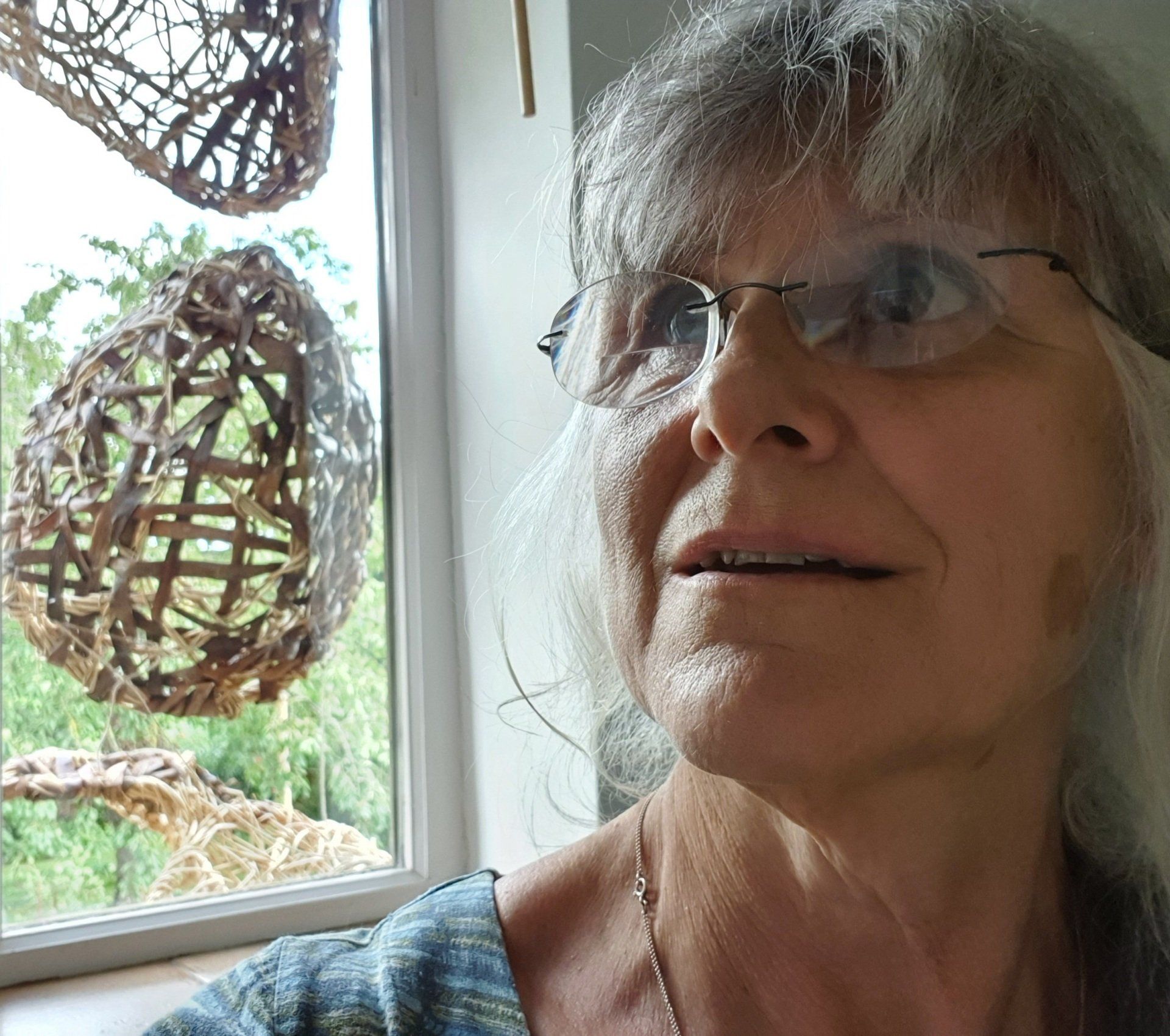About Me
-
Welcome to my world of making
My studio and workshop are in the Cambridgeshire fens, where sky, land and water often merge in mist, dust or mud. This may have affected my approach to making and scale of work.
I draw, stitch, weave and construct work with natural, recycled and adapted materials. I construct larger pieces with growing materials, still using structures of weaving, spinning and stitching. I make solo work for exhibition, presentations, and as part of longer-term projects in collaboration with other artists and practitioners
I really enjoy collaborating and making work to commission. I encourage you to take some time looking at the site to find out more.
If you are interested in purchasing my work, please go to the Shop page.
If you are interested in collaborative working, please contact me. I look forward to finding out what your ideas might be.
-
Materials, techniques and approach
The nature and outcome of my work can be very varied. The tree, pathway or river may be the form; the needle, thread or fabric may be the tool; but the active process and relationship between the elements chosen in creating and the creators' work are my priority.
This is what I aim to share with participants and audience, whether they are taking part in workshops, collaborating with me, or experiencing large installations or exhibition pieces.
I am interested in sense of place, why people feel 'At Home' in a locality and how they make use of this and how connected they are to the more-than-human inhabitants of the locality. Through my work I aim to provide a medium that will allow positive expression of community and environment its’ history and future; raising awareness of long-term sustainable development to create spaces that enhance lives both visually and practically.
My work is influenced by and benefits from community projects and spending time in contemplation and prayer. I deliberately balance periods of time spent working with groups to working alone in the studio.
The author and artist Makoto Fujimura says "we should not regard the arts as having only utilitarian value. The arts are use-less but a great gift, and therefore indispensable. This is the central thesis of this book: that God, the Artist, "wastes" time with us to listen to our hearts and to be fully present in our suffering...Often, the complaint against the arts is that art is not directly useful to the creation of wealth and does not serve society in a tangible way."
I hope my artwork enables people to listen to their hearts, seek truth, and have adventures through creativity.
-
Background and Training
My background is from a family of makers, engineers and artists with a network of close friends and colleagues in the art and design world of the UK.
I was brought up to recognise the value of makers, their work and skills, with a world view that demonstrated respect for the people and resources needed to make items that help people live in comfort and enjoy beautiful surroundings.
I trained in woven and constructed textiles in London and Scotland, then worked in the spinning and weaving industry as a self-employed designer for several years. A move to rural East Anglia brought me to explore and understand a combination of constructed and natural landscapes, what David Bellamy calls the 'Natural Manscape'.
I worked for a short time in Bangladesh and experienced similar engineering solutions to water and the environment in very different situations. This taught me more about human interaction with the natural world and problem solving for the survival of humans and wildlife.
I gained my MA in Textile and Culture at Norwich School of Art and Design, which provided me with opportunities to travel and work with artists and makers from a wide variety of cultures. Including the 2nd Moscow Biennale as part of a research project.
I work with Arts and Minds, a charity improving wellbeing through creativity and developing programmes for Arts on Prescription and workshop activities for all ages and abilities.
I am an artist facilitator for Learning Through Landscapes, a leading UK charity dedicated to making lives better through connection with nature. Working with schools and communities to develop school grounds as curriculum resource.
‘Conscious of the marks and materials remaining, I aim to leave a footprint that will be gentle and enhance the place I have worked in.’



